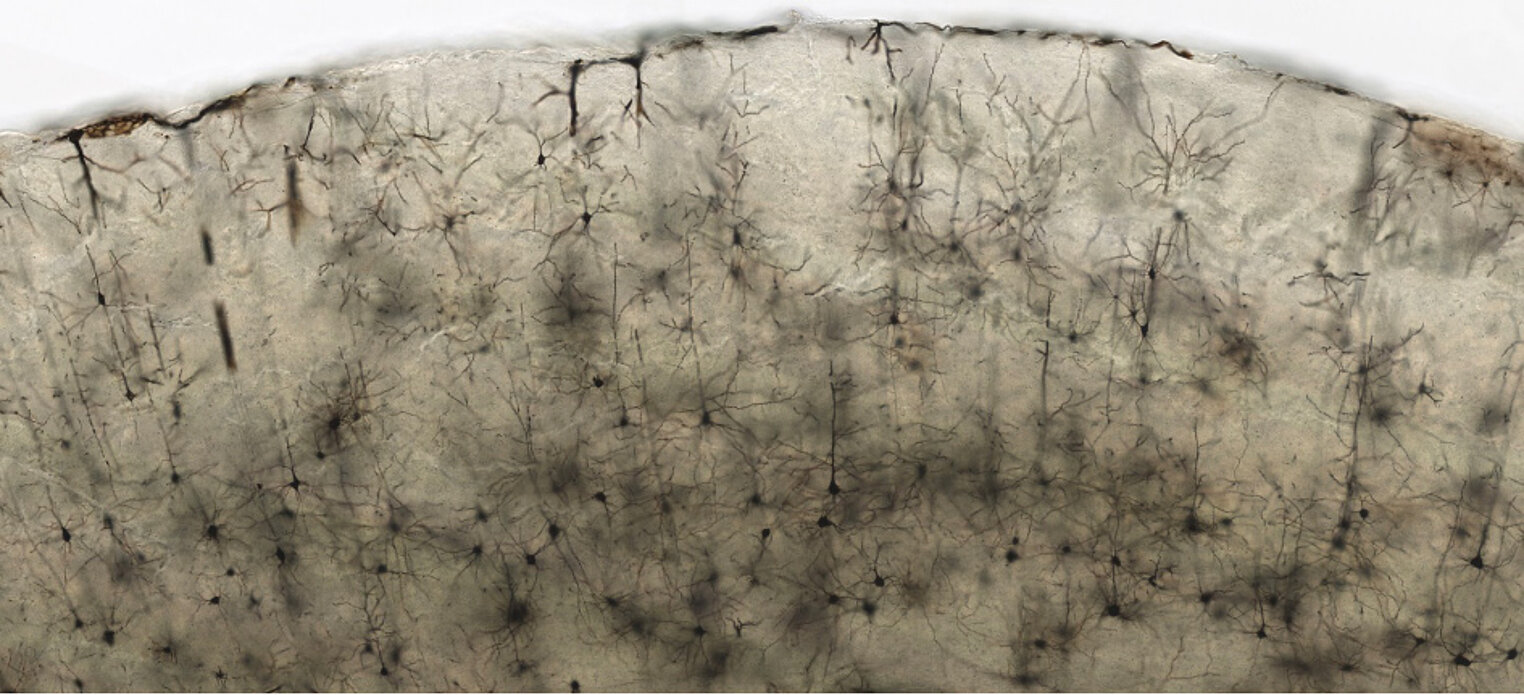Modeling of "genotype-phenotype" relationships and therapeutic approach in Down syndrome
Subgroup Leader : Yann HERAULT

About a thousand of genes and several copy number variants have been associated with brain neurodevelopmental disorders, causing intellectual disabilities (ID), autism spectrum disorders (ASD) and some neurodegenerative disorders.
Our aim is to better understand the physiopathology of aneuploidies and other genetic diseases with ID and ASD, using animal or cellular models. Our approaches are at different levels from the organism to the brain, from cellular to molecular studies, to characterize the physiopathology of the genetic disease at relevant period of the lifetime. Identifying deregulated pathways and driver genes will increase our knowledge of ID and will allow therapeutic intervention in preclinical models.
Initially we have focused our interest on Down syndrome (DS), a frequent aneuploidy affecting 1 newborn out of 700, identified as the consequence of Trisomy 21. The goal was to increase our knowledge 1) on the phenotypic-genotypic map with the identification of genetic regions involved in cognition and behaviour, 2) on altered pathways and on genes of human chromosome 21 (Hsa21), such as DYRK1A and CBS, associated with cognition, sensory perception and craniofacial development; and 3) on developing therapeutic approach to improve cognition and behaviour.
Then, we have started to explore other diseases with ID and ASD due to change in gene dosage. Thus we have studied the 16p11.2 deletion and duplication syndromes, the Koolen de Vries 17q21.31 deletion syndrome, the deletion of PTCHD1 encoding a membrane protein with a patched domain involved in Autism X-linked 4, and the Mental retardation Disease 7 caused by mutation in DYRK1A, a key DS gene,…
To go further in our analysis, we have expended our models from mouse to rat for more specific aspect of cognition and social interaction. We have built an array of behaviour tests to assess more precisely cognition, learning and memory and social behaviour.
In parallel, to highlight the mechanisms in those diseases we have used combined approaches of mouse genetics and phenotyping, cell culture, and conditional genetic manipulations using Cre/loxP system, Adeno-virus Associated virus or CrispR/Cas9 technologies in mouse and Rat. We have implemented integrative approaches, combining standardised phenotypic data, expression analysis (RNAseq and quantitative proteomics or phosphoproteomics, and other OMICs) with epigenetic approaches to better understand the molecular changes observed in ID and ASD.
Over the years, we have built with PHENOMIN-ICS and the support of European funder projects, such as Gencodys, AgedbrainSysbio, a unique ID zoo with more than 60 mouse models and now with a few rat models for 16p11.2, DYRK1A and Down syndromes. All these resources are available to the scientific community upon request or through the INFRAFRONTIER and PHENOMIN resource centres.
Subgroup Leader : Yann HERAULT
Subgroup Leader : Veronique BRAULT
Subgroup Leader : Michel ROUX
Obesity and intellectual disability may result from a genetic 'overdose'
All the genetic material our body requires to make all its proteins is located on 23 paired chromosomes. They contain the code for all the proteins our body makes. All cells carry the entire code, but specific cells express specific proteins according to their functions. Down's syndrome, also known as trisomy-21, is a genetic disorder in which a person has three copies of chromosome 21 instead of the usual two. It is associated with a high risk of both severe obesity and intellectual disorder. On the hypothesis that the locus may be on chromosome 21, the EU-funded GO-DS21 project is investigating the genetic mechanisms of this comorbidity. Outcomes should benefit patients with Down's syndrome and the general population.
S animal models (picture or table) ➔ MOUSE RAT
16p11.2 Models (picture or table)) ➔ MOUSE RAT
17q21.31 syndrome models (mouse) : del, Dup Kansl1
OMICS data set
Article in a journal
Behavioural Brain Research ; Volume: 495 ; Page: 115788
Article in a journal
Neuroscience and Biobehavioral Reviews ; Volume: 176 ; Page: 106307
Article in a journal
Molecular Psychiatry ; Volume: 30 ; Page: 5227-5244
Article in a journal
Investigative Ophthalmology & Visual Science ; Volume: 66 ; Page: 64
Article in a journal
Investigative Ophthalmology & Visual Science ; Volume: 66 ; Page: 7
Article in a journal
Current Protocols ; Volume: 5
Article in a journal
Neuroscience Letters ; Volume: 850 ; Page: 138156
Pre-publication, Working Document
Article in a journal
BMC Genomics ; Volume: 26 ; Page: 48
Article in a journal
Scientific Reports ; Volume: 14 ; Page: 30880